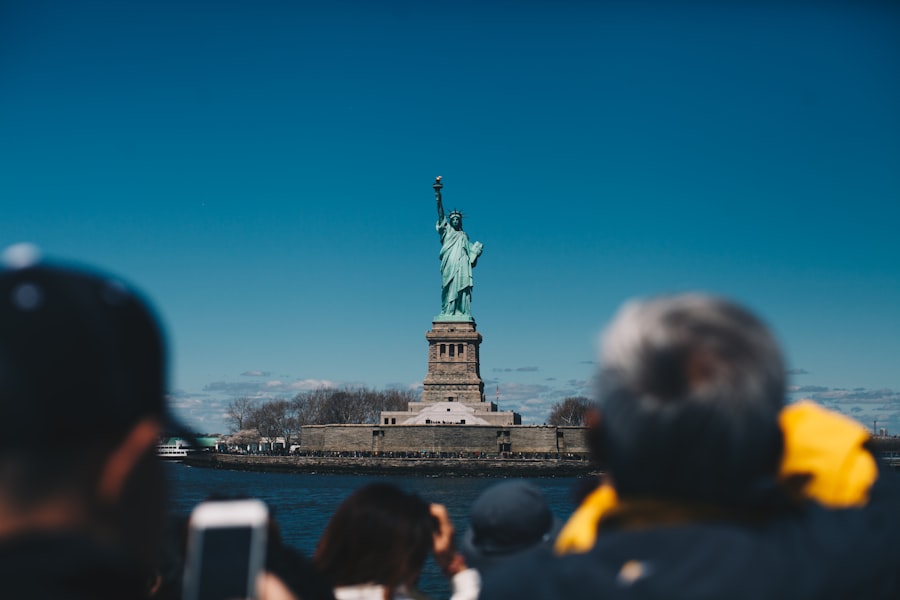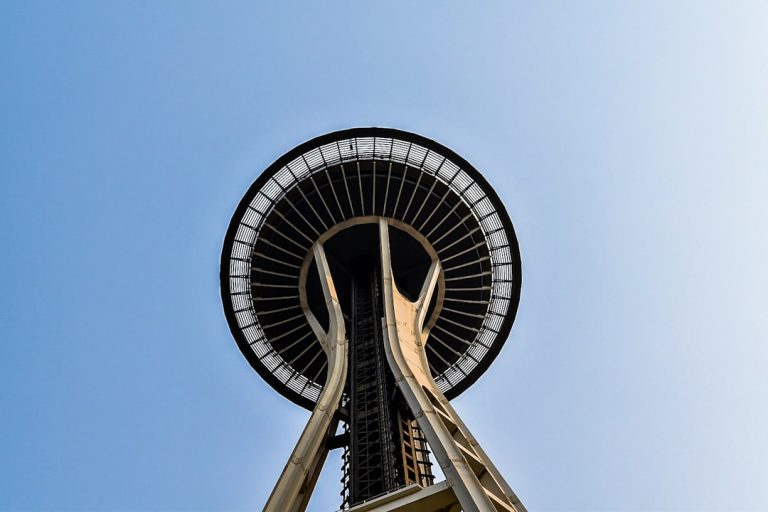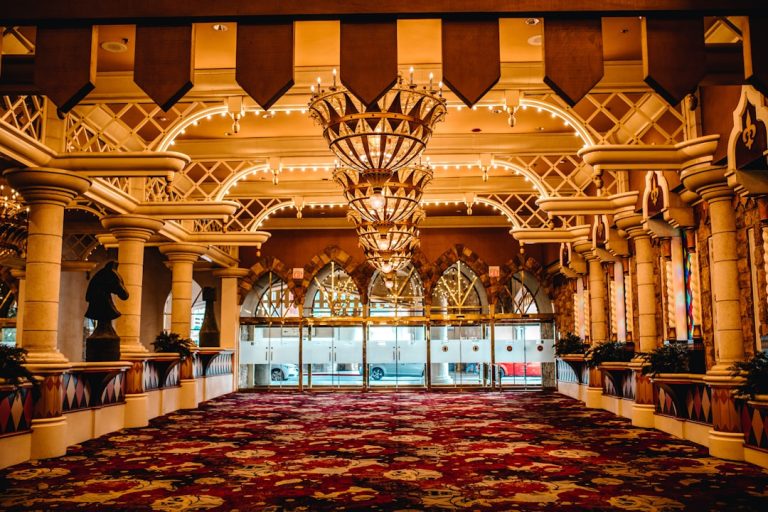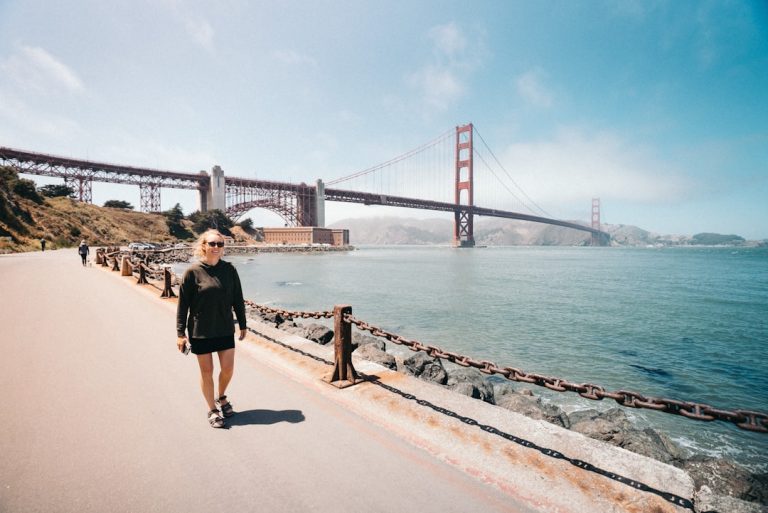
The history of New York City is a tapestry woven from the threads of diverse cultures, economic ambitions, and transformative events. Originally inhabited by the Lenape people, the area that would become New York was first encountered by European explorers in the early 17th century. In 1624, the Dutch established a settlement called New Amsterdam on the southern tip of Manhattan Island.
This settlement was strategically located for trade, and it quickly became a bustling hub for commerce. The Dutch West India Company played a crucial role in the development of New Amsterdam, promoting the settlement as a center for fur trading and attracting a diverse population of settlers, including Jews, Africans, and various European nationalities. In 1664, the English seized control of New Amsterdam and renamed it New York in honor of the Duke of York.
This transition marked a significant shift in governance and culture, as English laws and customs began to take precedence. The city continued to grow rapidly, fueled by its advantageous location and the influx of immigrants seeking opportunity. By the 18th century, New York had established itself as a vital port city, playing a pivotal role in the American Revolution.
The city served as a battleground and later as the first capital of the United States under the Constitution. The post-revolutionary period saw further growth, with the construction of infrastructure such as roads and bridges, setting the stage for New York’s emergence as a modern metropolis.
Key Takeaways
- New York City was originally a Dutch settlement called New Amsterdam before it was taken over by the English and renamed New York in 1664.
- Must-see places in New York include iconic landmarks like the Statue of Liberty and Empire State Building, as well as hidden gems like the High Line and Brooklyn Botanic Garden.
- New York’s diverse neighborhoods offer a range of experiences, from the historic streets of Harlem to the trendy shops and eateries of Williamsburg.
- The city’s art and culture scene is thriving, with world-class museums like the Metropolitan Museum of Art, cutting-edge galleries in Chelsea, and Broadway theaters showcasing the best in live entertainment.
- New York’s food and drink scene is incredibly diverse, with everything from classic delis and food carts to Michelin-starred restaurants offering a wide range of culinary experiences.
- Outdoor adventures in New York can be found in the city’s many parks, gardens, and waterfronts, including Central Park, the Brooklyn Botanic Garden, and the Brooklyn Bridge Park.
Must-See Places in New York: Iconic Landmarks and Hidden Gems
New York City is renowned for its iconic landmarks that draw millions of visitors each year. The Statue of Liberty, a symbol of freedom and democracy, stands proudly on Liberty Island, welcoming newcomers to the United States since 1886. Visitors can take a ferry to the island and explore the statue’s pedestal and museum, which detail its history and significance.
Another must-see is Times Square, often referred to as “The Crossroads of the World.” This vibrant area is famous for its bright lights, Broadway theaters, and bustling atmosphere. The annual New Year’s Eve ball drop has made Times Square synonymous with celebration and excitement. Beyond these well-known attractions, New York is home to hidden gems that offer unique experiences.
The High Line, an elevated park built on a former railway line, provides a serene escape from the city’s hustle and bustle. Stretching from the Meatpacking District to Hudson Yards, this linear park features beautifully landscaped gardens, art installations, and stunning views of the Hudson River. Another lesser-known treasure is Roosevelt Island, accessible by tram or subway.
This small island offers picturesque parks, historical sites like the ruins of the Smallpox Hospital, and panoramic views of Manhattan’s skyline. Exploring these hidden gems allows visitors to experience a different side of New York City that often goes unnoticed.
Exploring New York’s Diverse Neighborhoods: From Harlem to Williamsburg

New York City is a mosaic of neighborhoods, each with its own distinct character and cultural heritage. Harlem, historically known as the center of African American culture in the United States, boasts a rich legacy of music, art, and literature. The Apollo Theater has been a launching pad for countless artists, including Ella Fitzgerald and James Brown.
Today, Harlem continues to thrive with vibrant restaurants serving soul food, jazz clubs echoing with live music, and art galleries showcasing contemporary works that reflect its dynamic community. In stark contrast to Harlem’s historical roots is Williamsburg, a neighborhood in Brooklyn that has undergone significant gentrification over the past two decades. Once an industrial area with factories and warehouses, Williamsburg has transformed into a hub for artists, musicians, and young professionals.
The streets are lined with trendy boutiques, artisanal coffee shops, and craft breweries. The waterfront offers stunning views of Manhattan and is home to East River State Park, where locals gather for picnics and outdoor events. Williamsburg’s vibrant street art scene adds to its eclectic charm, with murals adorning buildings and alleyways throughout the neighborhood.
The Art and Culture Scene in New York: Museums, Galleries, and Theaters
| Category | Number |
|---|---|
| Museums | 83 |
| Galleries | 1,500+ |
| Theaters | 420+ |
New York City’s art and culture scene is unparalleled, boasting world-class museums, galleries, and theaters that cater to diverse tastes. The Metropolitan Museum of Art stands as one of the largest and most prestigious art museums globally, housing an extensive collection that spans over 5,000 years of history. From ancient Egyptian artifacts to European masterpieces by artists like Van Gogh and Rembrandt, the Met offers an immersive experience for art enthusiasts.
The museum’s rooftop garden provides breathtaking views of Central Park and the city skyline. In addition to traditional museums, New York is home to numerous contemporary art galleries that showcase emerging artists and innovative works. Areas like Chelsea are known for their concentration of galleries featuring cutting-edge exhibitions that challenge conventional artistic boundaries.
The Whitney Museum of American Art focuses on 20th- and 21st-century American art and hosts the biennial exhibition that highlights new trends in contemporary art. Theater lovers can indulge in Broadway’s vibrant offerings, where iconic productions like “Hamilton” and “The Lion King” captivate audiences with their storytelling and performances. Off-Broadway shows also provide an intimate setting for experimental works that push artistic limits.
Food and Drink in New York: From Delis to Michelin-starred Restaurants
New York City’s culinary landscape is as diverse as its population, offering an array of dining options that cater to every palate. Iconic delis like Katz’s Delicatessen have become synonymous with classic New York fare.
The deli’s vibrant atmosphere and rich history make it a must-visit for both locals and tourists alike. On the other end of the spectrum are Michelin-starred restaurants that showcase culinary artistry at its finest. Establishments like Eleven Madison Park have garnered international acclaim for their innovative tasting menus that highlight seasonal ingredients sourced from local farms.
Chef Daniel Humm’s commitment to sustainability and creativity has earned Eleven Madison Park multiple accolades, including being named the best restaurant in the world in 2017. From street food vendors serving mouthwatering tacos to upscale dining experiences featuring exquisite tasting menus, New York City’s food scene reflects its cultural diversity and culinary excellence.
Central Park is perhaps the most famous green space in the city, spanning 843 acres in the heart of Manhattan. Designed by Frederick Law Olmsted and Calvert Vaux in the mid-19th century, Central Park features picturesque landscapes, tranquil lakes, and recreational areas for activities such as jogging, cycling, and picnicking.
The park’s iconic landmarks include Bethesda Terrace and Bow Bridge, which provide stunning backdrops for leisurely strolls. Beyond Central Park lies a network of smaller parks and gardens that contribute to New York’s outdoor charm. The Brooklyn Botanic Garden showcases an impressive collection of plants from around the world, including cherry blossoms that attract visitors during springtime.
Governors Island offers a unique escape from the city with its lush greenery and historic forts. Accessible by ferry during warmer months, this island features bike paths, picnic areas, and art installations that encourage exploration and relaxation by the waterfront. Whether it’s enjoying a concert in Prospect Park or taking a leisurely walk along the Hudson River Greenway, outdoor adventures abound in New York City’s vibrant parks and waterfronts.
If you found the article on New York interesting and are keen on exploring more about unique places in the United States, you might enjoy reading about another fascinating location. Check out this detailed article on Wyoming: Facts and Places to Visit. Similar to New York, Wyoming offers a rich tapestry of history, culture, and natural beauty, but with its own unique Western flair and expansive landscapes. Whether you’re a history buff, nature lover, or just curious about different parts of the country, this article provides valuable insights and suggestions for exploring the Cowboy State.
FAQs
What are some interesting facts about New York?
– New York City is the most populous city in the United States.
– The Statue of Liberty was a gift from France to the United States and is a symbol of freedom and democracy.
– The Empire State Building was the tallest building in the world when it was completed in 1931.
– New York City is known as the “Big Apple” and is famous for its skyline, Broadway shows, and Times Square.
What are some popular places to visit in New York?
– Central Park: A large urban park in the heart of Manhattan, offering a peaceful escape from the city.
– The Metropolitan Museum of Art: One of the largest and most prestigious art museums in the world.
– Times Square: A bustling commercial and entertainment hub known for its bright lights and Broadway theaters.
– The 9/11 Memorial and Museum: A tribute to the victims of the September 11, 2001 terrorist attacks.
What are some things to see in New York?
– The Statue of Liberty: A symbol of freedom and democracy, located on Liberty Island in New York Harbor.
– The Empire State Building: An iconic skyscraper offering stunning views of the city from its observation decks.
– Broadway shows: World-renowned theater productions and musicals that attract visitors from around the world.
– The Brooklyn Bridge: A historic suspension bridge connecting Manhattan and Brooklyn, offering picturesque views of the city skyline.







